Search Images
Browse Content (p. 1637)

Image
Chichen Itza
The Castillo pyramid at the Maya (and possibly later Toltec) centre of Chichen Itza, Yucatan, Mexico. The pyramid was a temple built in honour of the Maya feathered-serpent god Kukulkan.
![Attila the Hun [Artist's Impression]](https://www.worldhistory.org/img/c/p/360x202/3047.jpg?v=1628469902)
Image
Attila the Hun [Artist's Impression]
Modern artist's impression of what Attila the Hun may have looked like.
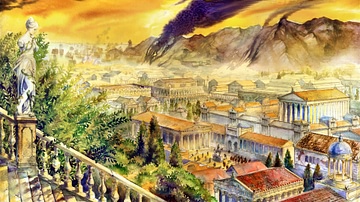
Image
Roman City under Attack
This is a modern watercolour sketch of how a Roman city under attack may have looked like.
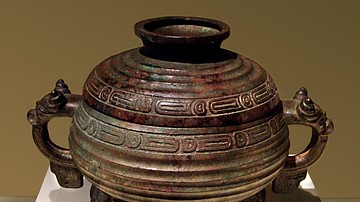
Image
Bronze Zhou Cooking Vessel
A Western Zhou ceremonial bronze of cooking-vessel form inscribed to record that the King of Zhou gave a fiefdom to Shi You, ordering that he inherit the title as well as the land and people living there. Bronze Gui of Shi You (food container...
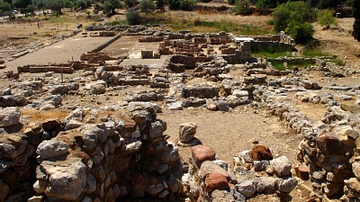
Image
Zakros Minoan Site
Archaeological site at Zakros, Crete.
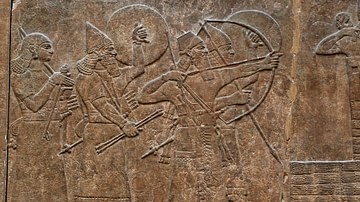
Image
Assyrian Siege
This Assyrian relief from the North-West Palace in Kalhu (c. 865-860 BCE) shows King Ashurnasirpal advancing on an enemy city, protected by a shield-bearer. Ahead is a wheeled siege engine, which carries more archers and contains a lever-operated...
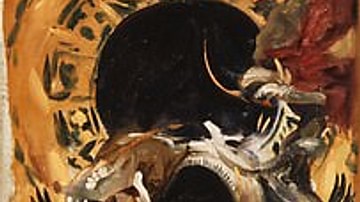
Image
Astarte
Astarte, the Mesopotamian goddess of war and fertility, also known as Ishtar and Inanna, oil on canvas by John Singer Sargent, 1890-95.
Metropolitan Museum of Art, New York.
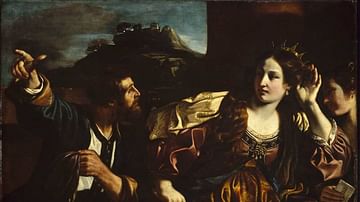
Image
Semiramis Receiving Word of the Revolt of Babylon
Semiramis Receiving Word of the Revolt of Babylon by Guercino (Giovanni Francesco Barbieri), 1624 CE, Museum of Fine Arts, Boston
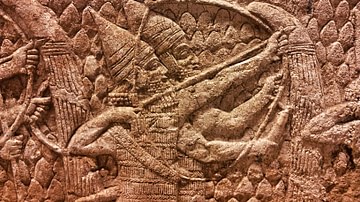
Image
Assyrian Archers
Assyrian archers firing on the enemy during the siege of Lachish. Each archer was protected from enemy fire by a shield bearer. The pointy pattern in the background means that this scene is happening in the mountains. They represent the...
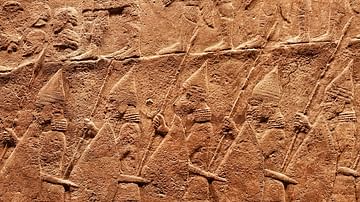
Image
Assyrian Soldiers
Assyrian soldiers armed with shield, spear, and helmet (c. 700-692 BCE). They represent the army of King Sennacherib of Assyria (reigned 705-681 BCE) marching on Lachish, an ancient town about 40 km from Jerusalem. This image is part of a...